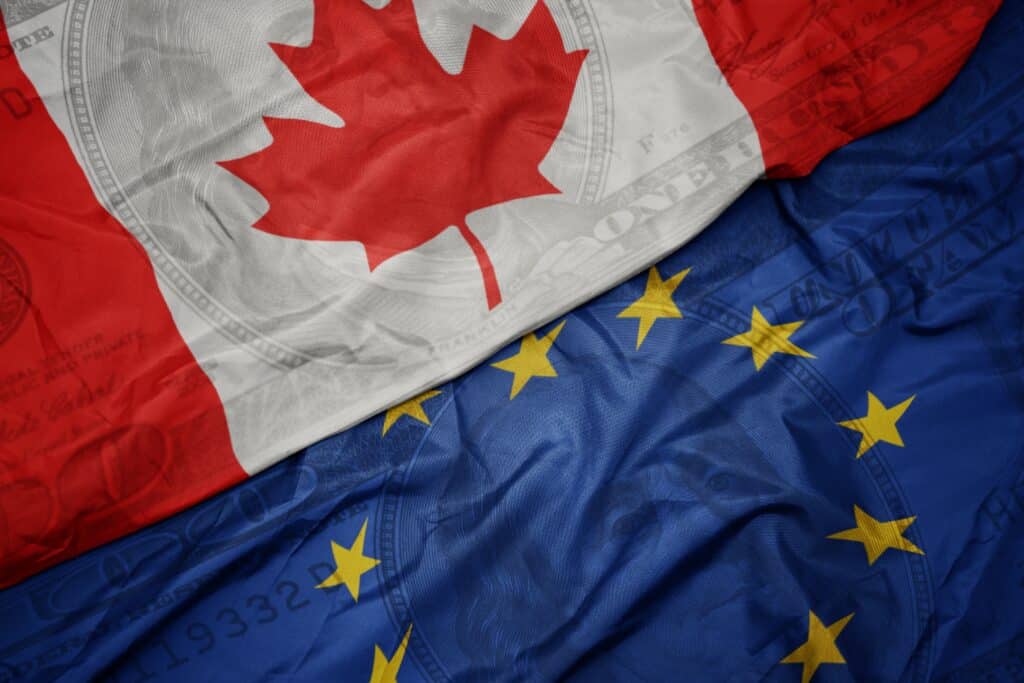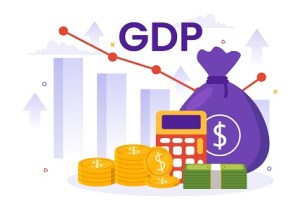Data from the Commerce Department shows that the US gross domestic product rose 3% in Q2 on a seasonally inflation-adjusted basis. The figure may have surpassed estimates by around 0.7%, but it does not indicate the beginning of a rising trend.
First, the figure has already been adjusted for inflation to fit a narrative. The first quarter saw a sharp uptick in imports as businesses attempted to avoid tariffs. Imports then declined by an astounding 30.3% last quarter, with exports falling by 1.8%. A good portion of the final figure is due to net trade swings that distorted the reading. Demand did not necessarily fall in Q2, but was offset by the surge experienced during the uncertainty at the beginning of the year.
GDP rises when imports drop due to the Keynesian formula: GDP=C+I+G+(X-M).
C = Consumer Spending
I = Investment (business capital spending, housing, inventories)
G = Government Spending
X = Exports
M = Imports
Imports (M) are subtracted from this calculation as GDP measures the DOMESTIC production. A rise in imports is considered an indicator that more goods were produced abroad, therefore, they subtract them from GDP. When imports decline, (X-M) rises and leaves the impression that fewer foreign goods/services were consumed in the US. Imports declining should not be considered growth, but the US refuses to move away from Keynesian model thinking.
Consumer spending, two-thirds of total GDP, rose by 1.4%, but this was offset by a decline in business spending. Final sales to private domestic purchases rose 1.2% in Q2 compared to 1.9% in Q1, indicating weakening demand. Unemployment declined to 4.1% in June after the economy added around 150,000 new positions this year.
This is neither a reason to celebrate nor a reason for concern. Every headline is praising the 3% uptick as a major win without realizing that not much has changed—the American economy is still experiencing stagflation.













